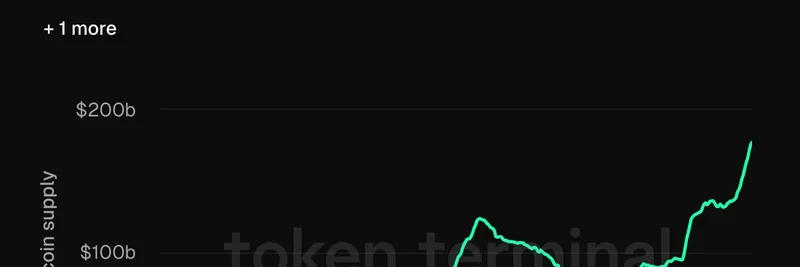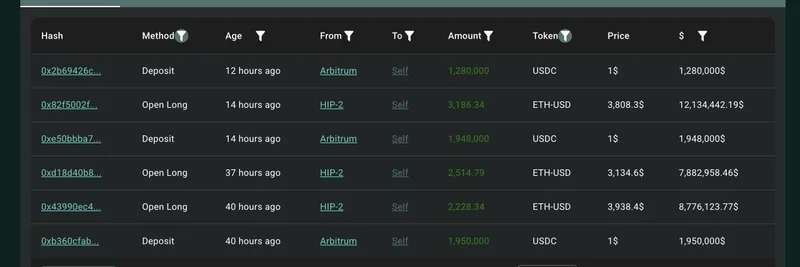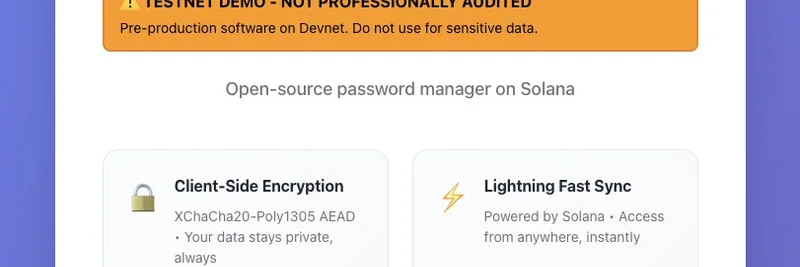In the fast-evolving world of cryptocurrency, stablecoins have become the backbone of trading, DeFi, and even everyday payments. Recently, a tweet from industry insider Thor Abbasi sparked a conversation about whether new specialized blockchains can take on Ethereum's stronghold in this space. Thor, known for his work on on-chain private credit at Zivoe Protocol, reposted a chart from Token Terminal showing Ethereum's explosive growth in stablecoin supply, adding: "Going to be interesting to see if any of the stablecoin-specific chains launched recently can end up competing with Ethereum’s value prop."
When asked which ones he's eyeing, Thor replied: "Arc, Stable, and Plasma are the three to watch imo." Let's dive into what this means and why these chains could shake things up—especially for meme token traders who rely on stablecoins for liquidity and quick swaps.
Ethereum's Stablecoin Surge: A Quick Look
Ethereum has been crushing it as the go-to chain for stablecoins. According to data from Token Terminal, it's outpacing competitors by a mile, with billions in stablecoin value locked in.
This chart highlights how Ethereum's ecosystem benefits from network effects, developer tools, and widespread adoption. But with high gas fees during peak times and scalability issues, there's room for challengers optimized just for stablecoins—think lower costs, faster settlements, and seamless integration with fiat-like assets.
The Rise of Stablecoin-Specific Chains
Stablecoin-specific chains are blockchains built from the ground up to handle stable assets like USDC or USDT efficiently. Unlike general-purpose networks like Ethereum, these focus on payments, settlements, and financial apps, making them ideal for real-world use cases. For meme token folks, this could mean cheaper trades, better liquidity pools, and new DeFi opportunities where stablecoins pair with volatile memes without the usual Ethereum bottlenecks.
Arc: Circle's Bet on USDC-Powered Finance
Circle, the company behind the popular USDC stablecoin, launched Arc as a Layer-1 blockchain tailored for stablecoin finance. It's EVM-compatible, meaning it works with Ethereum tools, but with USDC as the native gas token—no more volatile ETH prices for fees.
Key perks include sub-second transaction finality (super fast confirmations), opt-in privacy for sensitive trades, and a built-in FX engine for swapping stablecoins across currencies. Arc aims to bridge traditional finance and crypto, with interoperability via Circle's Cross-Chain Transfer Protocol (CCTP). Public testnet dropped in fall 2025, and mainnet beta is slated for 2026. For more details, check out Circle's announcement via The Block.
If you're trading memes, imagine using Arc for stablecoin-backed liquidity pools with predictable costs—perfect for those wild pumps without getting rekt by gas.
Stable: Tether's Ally for USDT Dominance
Stable is a new Layer-1 chain backed by Bitfinex and focused on Tether's USDT, the king of stablecoins by market cap. It raised $28 million in seed funding to make USDT transactions "faster, cheaper, and more reliable." Like Arc, it uses USDT as gas, ensuring stable fees.
The roadmap emphasizes unlocking stablecoins' potential for payments, with EVM compatibility for easy app porting. It's designed for high-volume use cases, potentially reducing the friction in DeFi trades. Early phases rolled out in 2025, positioning it as a direct competitor in the stablecoin infrastructure race. Dive deeper into Stable's funding and vision.
For meme insiders, Stable could mean more efficient USDT pairs on exchanges, helping you swap in and out of tokens like PEPE or DOGE without Ethereum's congestion.
Plasma: High-Speed USDT Payments with a Neobank Twist
Plasma stands out as a high-performance Layer-1 for USDT payments, boasting instant transfers and low fees while being fully EVM-compatible. It leverages Bitcoin's security in parts of its stack and recently launched its mainnet beta in September 2025, complete with a native token XPL and over $2 billion in stablecoin liquidity.
What's cool is Plasma One—a USDT-native neobank offering 10%+ APY on deposits, blending crypto with banking features. Though Tether's CEO clarified no direct investment, there's clear alignment with USDT as the core asset. This could revolutionize how we hold and earn on stables. Read about Plasma's launch.
In the meme world, Plasma's speed could enable real-time trading bots and flash loans backed by stables, giving you an edge in volatile markets.
What This Means for Meme Tokens and Beyond
While Ethereum isn't going anywhere, chains like Arc, Stable, and Plasma are betting on specialization to carve out a niche. For blockchain practitioners and meme token enthusiasts, this competition could lead to better tools: lower fees for farming yields, faster cross-chain bridges for stables, and innovative DeFi protocols tailored to memes.
If these chains gain traction, we might see more meme projects launching natively on them, using stablecoins for fair launches or community treasuries. Keep an eye on adoption metrics—stablecoin transfer volumes and developer activity will tell the tale.
Thor’s take highlights an exciting shift: the stablecoin wars are heating up, and Ethereum's value prop is under the microscope. What do you think—will these newcomers dethrone the giant? Stay tuned to Meme Insider for more insights on how this impacts your favorite tokens.



